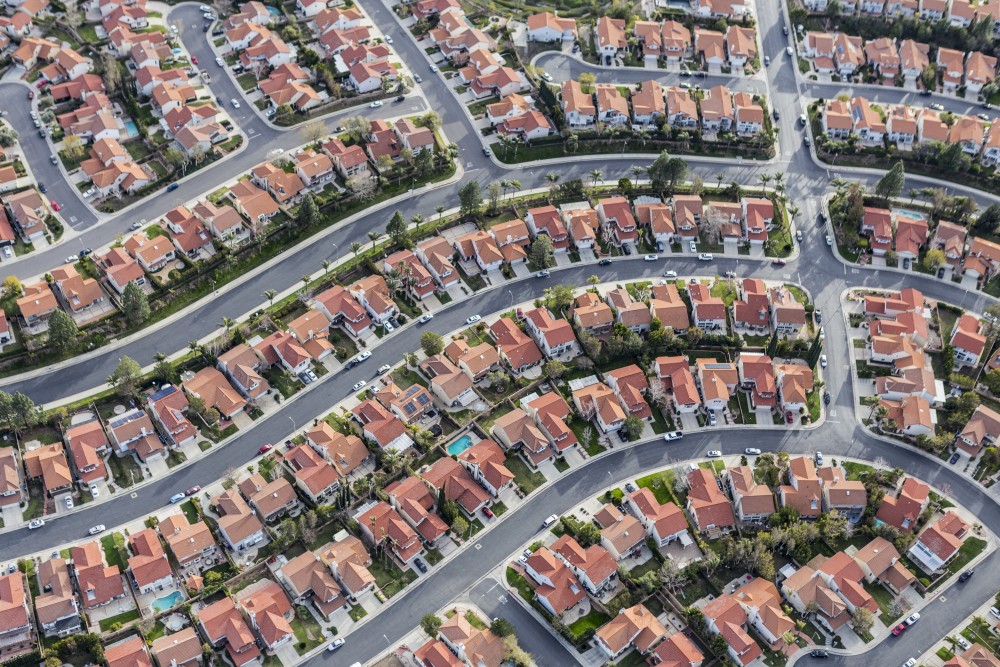Home building activities has shifted to low-density, low-cost markets since the beginning of the coronavirus pandemic, according to the latest Home Building Geography Index (HBGI). According to NAHB analysis, the market share for single-family constructions in large metro and inner suburbs has declined from 44.5% in the fourth quarter of 2019 to 41.6% in the second quarter of 2022.
Housing demand has shifted from these higher density core areas to low density markets, where homes are larger and more affordable. At the beginning of the pandemic, homebuyers desired more personal space for the work-from-home and remote learning models. Declines in housing affordability in high cost and highly regulated markets also drove homebuyers to low-density outer markets, which have a larger share of affordable homes.
NAHB’s HBGI shows that single-family home building in outer counties in large and medium sized metros has expanded to a 19% market share in the 2nd quarter of 2022 from 17.4% in the pre-COVID period. Meanwhile, the market share of new single-family constructions in rural areas increased from 9.4% to 10.4%.



